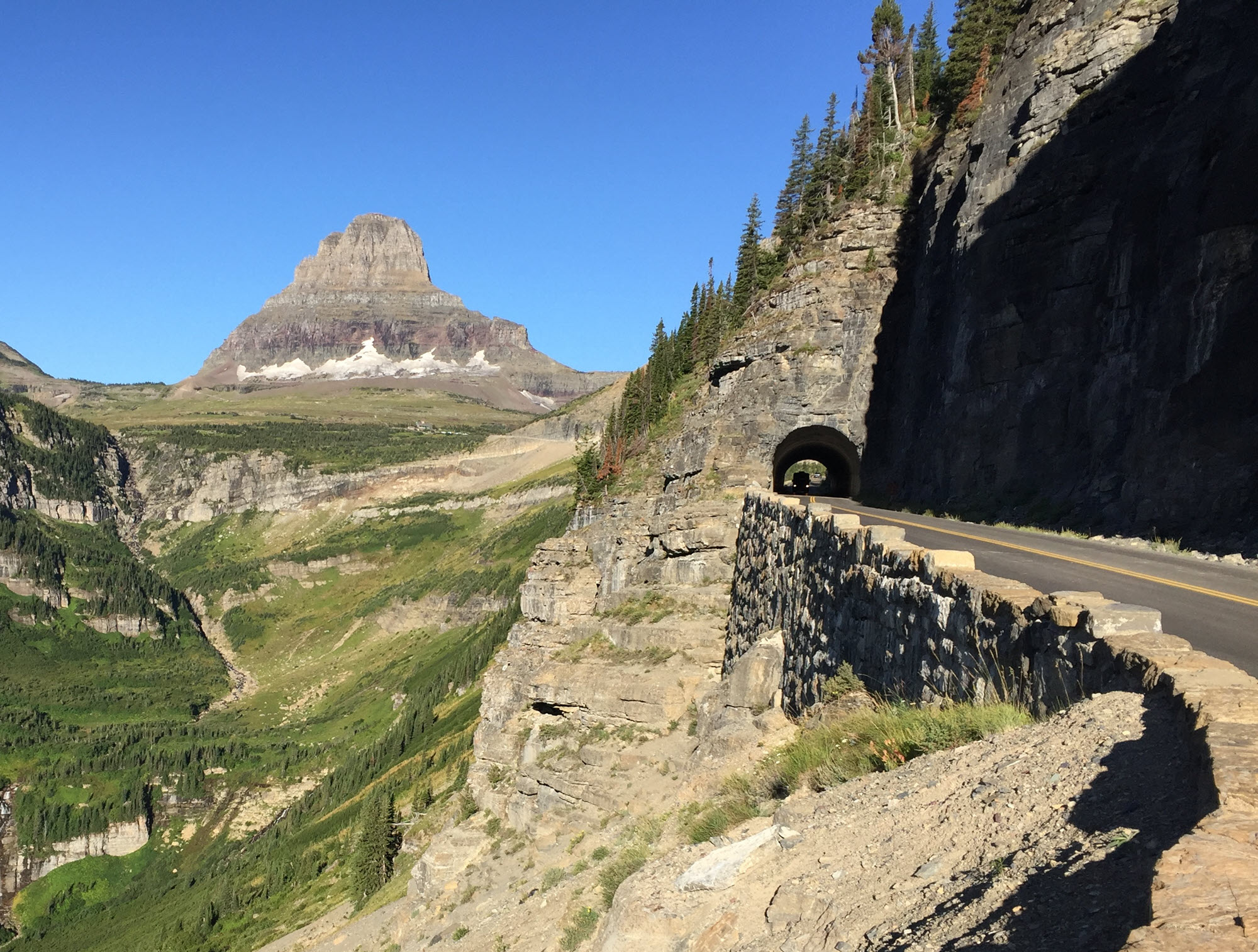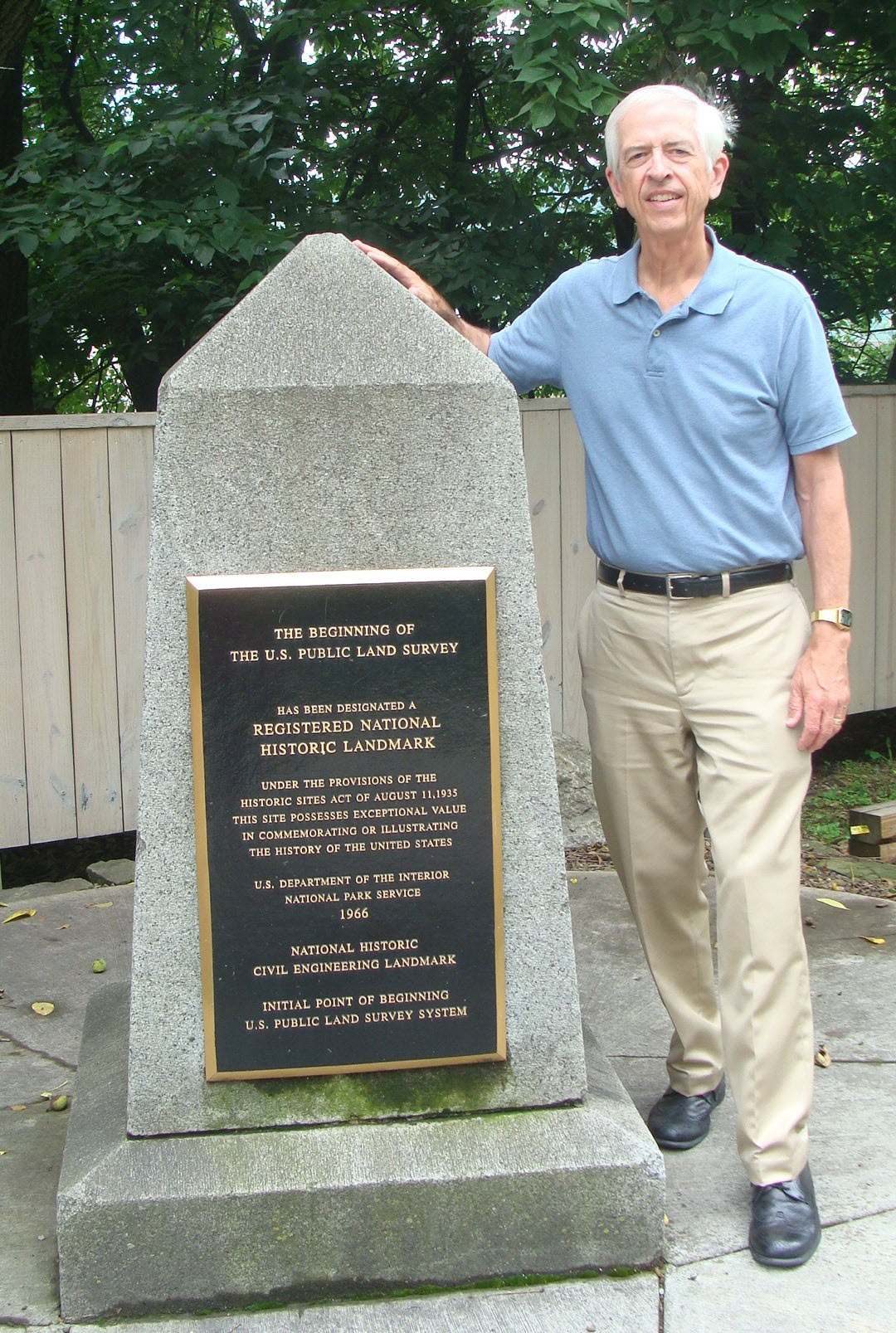 Jonathan Upchurch
Jonathan Upchurch
Jonathan Upchurch had no idea what he was getting into when, in 1959 as a boy, he was whisked away on a family vacation to see the Moffat Tunnel in Colorado.
But sometimes the things that capture the imagination of a small child can turn into lifelong loves.
“It was a six-mile-long railroad tunnel right smack through the Rocky Mountains,” Upchurch said, remembering the trip fondly. “So, yes, at an early age, I was very impressed.
“My father was a civil engineer, so when we would travel or go on vacations, it was not unusual to visit some things that were civil engineering in nature.”
Upchurch has kept up the family tradition, and now, decades later, he lays claim to visiting 150 ASCE Historic Civil Engineering Landmarks. (For context, there are 235 designated landmarks in the United States and 61 international.)
That is a lot of civil engineering vacations, indeed.
So, with ASCE Day 2024 approaching – Nov. 5 – Upchurch, who serves as the vice chair for ASCE’s History and Heritage Committee, spoke with Civil Engineering Source about his favorite civil engineering landmarks, which landmarks are underrated, and what it’s like to be the guy who has been to 150 ASCE landmarks.
Civil Engineering Source: Having seen all these landmarks – arguably some of the most impressive things that humanity has ever created – has it changed your perspective on civil engineering or even the world?
Jonathan Upchurch: I think the chance to visit these landmarks has helped me to understand the great variety of projects that civil engineers are engaged in and how they have influenced our society and aided us in progressing as a society. There are all kinds of projects – from highways to railroads to dams to water-supply systems to bridges. It just gives one a very big picture of the civil engineering profession in total.
My specialty is transportation; that’s what I focused on during my career. However, visiting this large variety of projects helps me to better appreciate the other specialty areas in civil engineering.
Source: So the first landmark you visited was the Moffat Tunnel. What was the most recent landmark you’ve crossed off your list?
Upchurch: The most recent one, I believe, was the Choate Bridge in Massachusetts. It dates from the 1700s, a two-span stone arch bridge still in use.
Source: What was the most out-of-the-way, difficult landmark for you to get to?
Upchurch: Well, I’ll say that ASCE has bronze landmark plaques for almost all our historic civil engineering landmarks. And occasionally, it’s difficult to find the landmark plaque. Oftentimes, it’s required inquiries with public agencies or operators of the facilities. Sometimes, our landmark plaques are inside facilities that are not always open to the public. It can take some snooping around.
 Jonathan Upchurch
Jonathan Upchurch Source: Of all the landmarks you’ve visited, which is the most majestic or visually impressive?
Upchurch: I’m very impressed with the Going-to-the-Sun Road in Glacier National Park. It’s impressive because it was designed to fit into the landscape and not detract from it. It really fits in with the natural surroundings. And that’s the result of not only the designs of civil engineers but also a renowned landscape architect who contributed to the process.
Source: We all know the Golden Gate Bridge or Statue of Liberty. What’s one that doesn't have that kind of name recognition or fame but is one you really think more people should know about?
Upchurch: My favorite is the Kaibab Trail Suspension Bridge, which crosses the Colorado River at the bottom of the Grand Canyon. Certainly not well known to the general public.
I happened to serve as the author of the nomination package to propose it to be a National Historic Civil Engineering Landmark, and it was approved.
What I find so interesting and intriguing about this bridge is that it’s at an extremely remote location. It is at the bottom of the Grand Canyon. And because it was so remote, construction was incredibly difficult.
It was designed so that, other than the suspension cables, no piece of the bridge was more than six feet long or weighed more than 200 pounds. So, essentially, the bridge could be carried down a trail on a mule to the building site.
 Jonathan Upchurch
Jonathan Upchurch
Source: OK, so we talked about your first landmark and your most recent landmark. What’s next? What’s on your bucket list?
Upchurch: I’m not sure what the next one is going to be. Whenever I travel somewhere, I'll check to see if there are any historic civil engineering landmarks there that I have not visited before.
I may have a chance to make a trip to the St. Louis area in the coming year, and there are a few landmarks there that I have not seen. I’ve certainly not found the landmark plaques before.
There’s the Eads Bridge over the Mississippi River. Oh, there’s a water treatment plant there. And there’s Union Station in St. Louis. So there are three historic civil engineering landmarks all in close proximity.
Source: We’ll talk to you next year, and you might be up to 200 by then.
Upchurch: [laughs] You know, it’s like many other things in life; if you do it for a long enough time, the number eventually grows very large.
See a map of all the ASCE Historic Civil Engineering Landmarks. How many have you been to?
Learn more about each landmark.
Learn more about ASCE Day.



